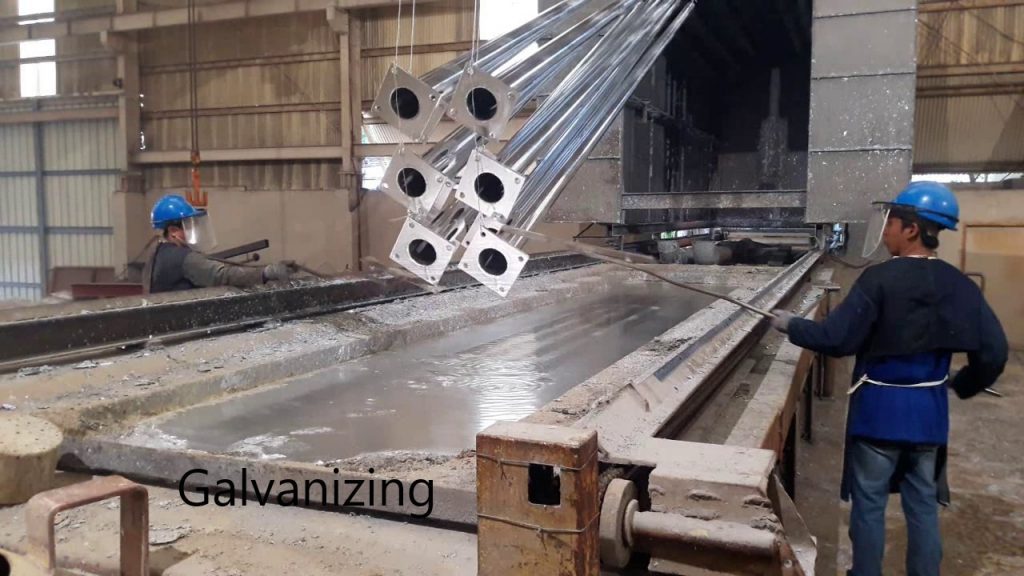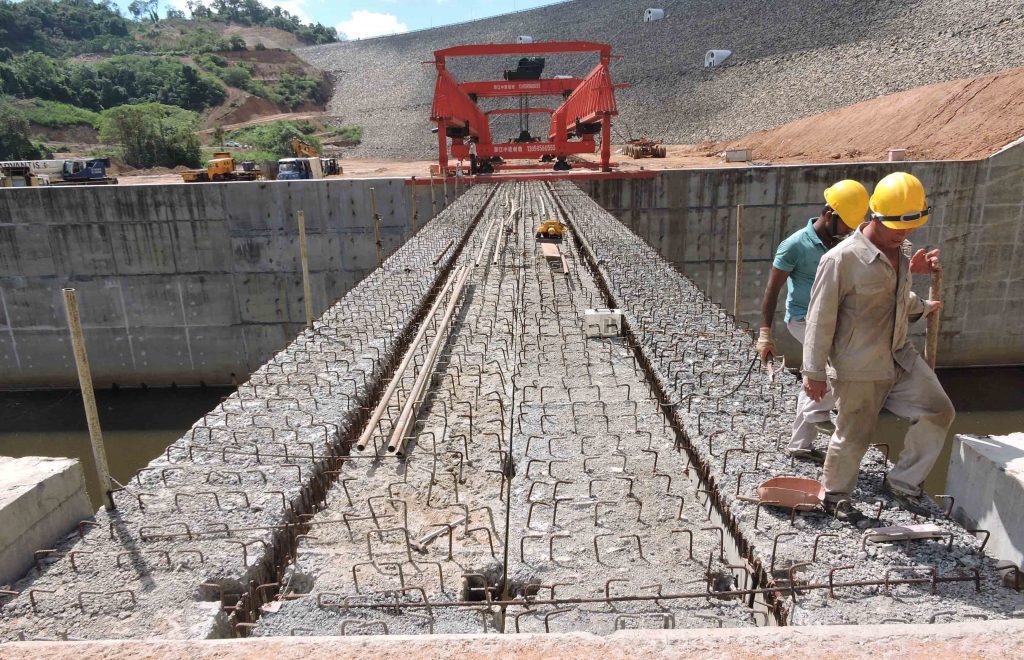The design and construction of tunnel junctions is a challenging task for the designers and construction team. Let’s discuss this in detail.
A tunnel is an underground structure or space created for providing access in transportation, sending water through it, running utilities, etc. Tunnels are widely constructed in hydropower projects as mostly the water paths are running through the rock. They are constructed as lined or unlined tunnels depending on the design requirements that occur as a result of the geotechnical and other design aspects.
There is a different article on the web on the design of the tunnels and we concentrated on the design and construction of the tunnel junctions in this article. The junctions of a tunnel are constructed to divert the main tunnel into the different segments at different stages or to divide it into two directions.
There are different types of joints in tunnels
- Tunnel divided into same size segments: No changes in the diameter
- Create diversion from the main tunnel
The second method is comparatively a difficult construction with the variation of the diameter when compared with the first type. Due to the reduction of the diameter, a transition is required to construct to maintain the smooth floor of the water as the sudden change in the diameter could create turbulence and it may damage the structures in addition to the head losses.
Tunnel Transitions
Tunnel transitions are constructed in the locations where the geometry of the tunnels is changing. There are different occasions where the transitions are constructed.
- Changing circular or semi-circular tunnel to Square shape or otherwise.
- Reduction of the diameter at a tunnel joint.
Especially in hydraulic structures, most of the gate structures are square shape or rectangular shape. Therefore, at the beginning of the tunnel, it will be the square or rectangular shape and after the gate structure, it will be converted into a normal tunnel shape. The following diagram indicates a tunnel connection with a vertical shaft where it operates as the gate structure. at the gate, the tunnel becomes square and later with the transition, it changes to the original shape. Change in the shape can be observed in section C-C.

Further, the variation of the diameters when it changes it geometry, are indicated in the following figure. The gradual change in the square shape to circular shape can be observed.

Another method of changing the geometry of the tunnel is discussed in detail in this article. The tunnel needs to be merged with another circular geometry and the construction of joint in this nature is very difficult due to the complexity of the arrangement of the reinforcement and the formwork. In addition, a sudden change in the shape could lead to head losses which can affect power generation if the tunnel is used for that purpose.
In general, transitions are introduced at joints of this nature for the smooth transition of the geometry. The length and diameter of the transition are as per the tunnel diameters and as per the design requirements. The following figure indicates such an arrangement of the tunnel transition.


Design Loads and Structural Analysis
Tunnel design loadings shall be as per the geotechnical condition at a particular location. Rock weight and the grouting pressure could also be considered as the loads. Water pressure could be considered based on the condition of the rock and as per the arrangement of the sleaves to be provided to drain the water. Further information on modeling could be referred from the article “Tunnel Design“.
The structural analysis could be done with computer aid software as the manual calculations could be very difficult for a structure in this nature. The following figure indicates the images of the structural model created with sap 2000 software for getting the stresses, bending moments, axial forces and shear forces.


A three-dimensional computer model was created with Sap2000 software and the boundary conditions were defined as per the actual arrangement and requirement of the structural analysis. Load combinations were created for different load cases that considered in the analysis and as discussed above. The following figures indicated the bending moment and axial forces diagrams obtained from the analysis.


Using the bending moments, axial forces, shear forces, and the other forces, the design was carried out.
Design and Detailing of Reinforcements at Tunnel Junctions
The design calculation was carried out as per the British standards. Special attention was made about the areas where there are higher stress concentrations. The computer analysis model is also an idealized arrangement form the actual structure. Therefore, the actual arrangements were also considered in the design. For example, from the connection of two tunnels to the starting point of the transition, the tunnel has a square shape internally(concrete surface). However, the excavated surface is always circular at the top. Thus, the variation of the thicknesses shall be incorporated into the design and the critical sections shall be designed for its highest resultant forces.
Detailing of reinforcements was done in such a way that it minimizes the congestion of reinforcement as much as possible to avoid the issue at the construction stage. Formation of honeycombs, leakages of grot, difficulty in pouring the concrete, etc. were taken in to account when the reinforcement drawings were prepared.


